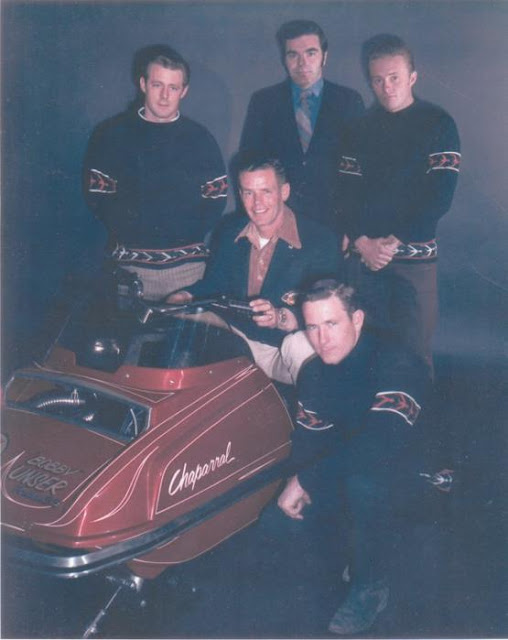Well Gary, as the old saying goes: "You ask a lot of questions for a guy from Wisconsin (or was it New Jersey?)". I can give you some factual information and I'll leave it up to you to decide if the rest is outright lies or just guesses.
The mufflers on the SS models were not simply a doubled-up version of the other models that did not have twin mufflers. These mufflers were not only unique to the SS models but were only used for the 72 model year. Prior to and after 72, Chaparral used a single muffler for all stock models.
As to why two mufflers, I'm going to speculate that it was part performance, part image. After all, this was the era in which the muscle car was still going strong and no self-respecting street racer would be caught running single exhaust. The Donaldson mufflers were tuned to some extent but I"m not sure how precisely, as essentially the same muffler was used on the 400, 440, and 650 models, the only difference being the inlet pipe size. In any case, I think Chaparral was somewhat successful with the image thing because they look and sound pretty dang cool and set the SS version apart from the rest of the Chaparral herd.
The latest photo is a little misleading because the driven clutch and chaincase is missing, which gives the impression that there was extra space on the other side of the steering shaft. Fact is, that when the driven clutch/chaincase assembly is installed space is at a premium on that side. My ultimate goal is to post some photos of things actually assembled before the next millennium so you can see how everything looks when complete.
If you've been having trouble sleeping, this response should probably do the trick.

